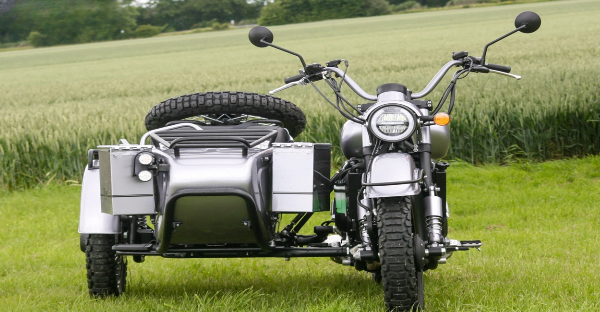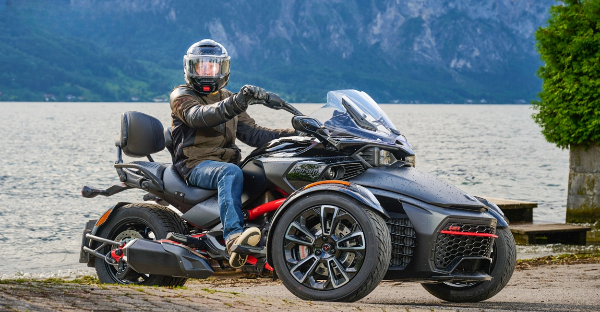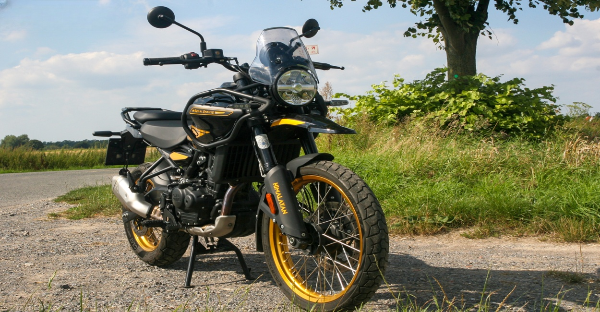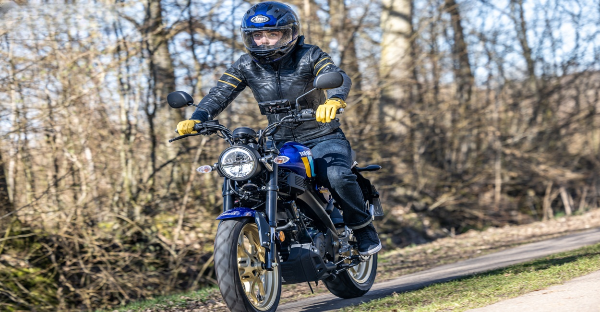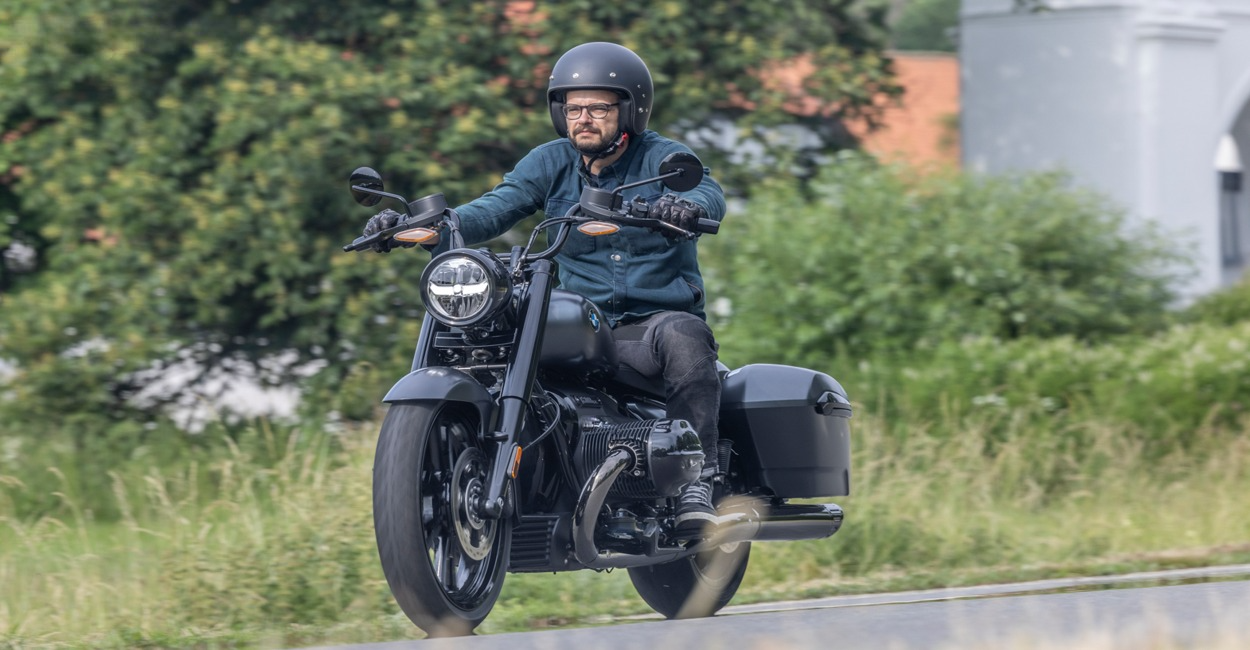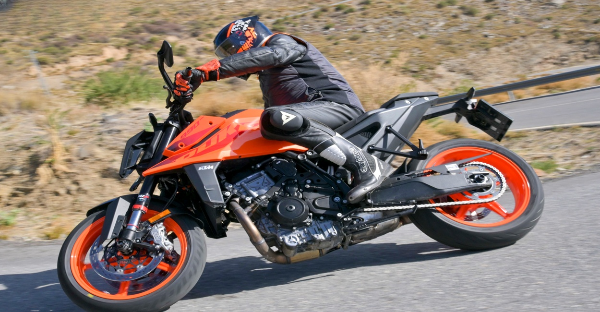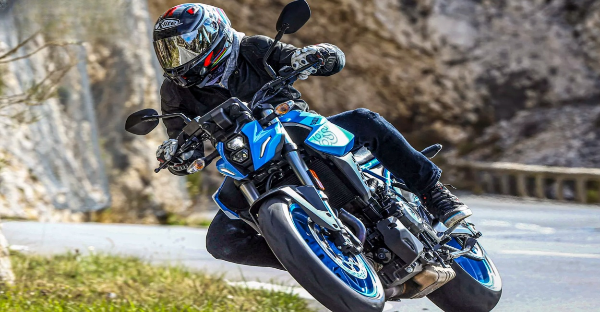Kasheli Ghat isn’t the kind of place you’d normally test a sidecar. Winding roads, steep inclines, unexpected dips, none of which were designed with three-wheeled rigs in mind. And yet, here I was, piloting the Mash B-Side 500 up and around its lush, cloud-kissed curves, trying to see whether this vintage-style brute from the French-Chinese stable had what it takes beyond just quirky looks and retro charm.
This isn’t a ride report about nostalgia. It’s about functionality, torque, and what 54 horses feel like when strapped to a 375 kg sidecar rig. Let’s get right into it.
The Mash B-Side 500
Before you even fire it up, the B-Side 500 stands out. Not just because of the sidecar itself, which already gets you more attention at chai stalls than a sportbike, but because of the details. Dual ammo-style cargo crates bolted to the bow, a spare wheel perched like a badge of honor on the trunk lid, and a headlight that looks like it belongs on a WWII bomber. It’s not delicate, and it’s not pretending to be.
There’s an old-school charisma here that makes you pause. The bike looks more mechanical than modern, cables exposed, levers chunky, the steel frame unapologetically industrial. When you climb aboard, it’s like stepping into a piece of functional history, albeit with USB charging and backlit switches.
But if you’re thinking this is just a quirky toy for Sunday rides, hold that thought.
More Than You Can Expect
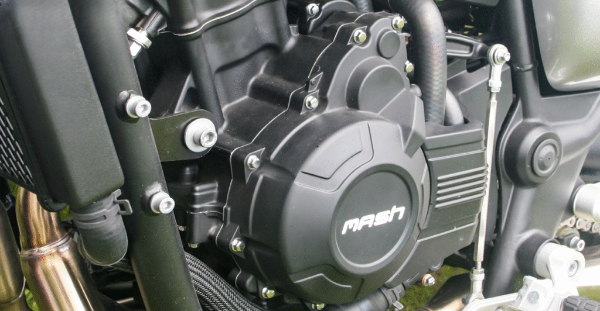
Mash has thrown their most powerful motor into the B-Side 500,a 494cc parallel twin that, on paper, gives you 54 hp and 51 Nm of torque. It may not sound like much, especially for something weighing almost 400 kilos, but this isn’t about raw speed. It’s about usable, practical grunt.
At low revs, especially around 2,500 rpm, the engine hums along gently. Kasheli’s tight uphill hairpins weren’t a problem. Even with a full load in the sidecar (two bags, a crate of bottled water, and my friend from Pune who insisted on bringing a DSLR), the B-Side pulled steadily without huffing. Downshift into second, and it grunts up the incline without ever getting nervous.
What caught me off guard was the gearbox. Five speeds, sure, but first gear is up, reverse gets the down position, which takes some getting used to. I’ll admit, I fumbled at a red light in Pen when muscle memory kicked in. But after a few dozen kilometers, it made sense. That thumb-lever reverse is genius when you’re trying to park this behemoth in tight village corners or spin around on a slope.
Good Vibrations
The ride quality was a mix of odd sensations, and I mean that in the best way. There’s a calm rhythm to the B-Side once you hit cruising speed. The twin-cylinder mill feels almost too smooth for a bike this retro-looking. There’s vibration, yes, particularly in the handlebars once you cross 5,000 rpm, but it’s the kind of vibration that reminds you you’re connected to something mechanical. It’s never intrusive, never numbing.
What’s more, the weight distribution makes a big difference. With that hefty sidecar planted beside you, the bike doesn’t wobble or wander. The pushed long swingarm front setup feels stable under braking and tight steering inputs. In fact, sweeping through the gentle curves near the Karjat fork felt surprisingly composed. You just learn quickly not to lean, the B-Side doesn’t lean; it shifts, like a dancing bear in boots.
And when you hit 85 km/h in top gear? It feels quick. Not fast like a naked bike, but fast enough for what it is. And frankly, it feels right, like 110 km/h would be showing off.
No ABS, but Colorful
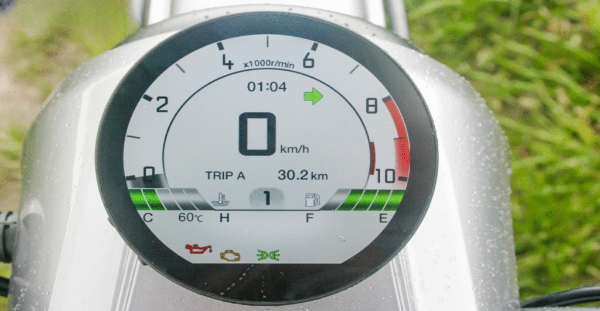
Braking was something I was initially cautious about. No ABS on a 375 kg rig? That could’ve been a dealbreaker. But the B-Side proved itself worthy. The 280 mm front disc and 260 mm sidecar brake work together like a team, providing solid bite without any drama. Even when I had to anchor hard near a roadside bullock cart (those things appear out of nowhere), the rig stayed stable.
The CBS (Combined Braking System) does help. The rear brake alone won’t stop you quickly, but press both together and the response is clean, firm, and predictable. That sidecar weight actually helps in right turns, it keeps things planted and grounded, especially when the road gets patchy or when dodging potholes around Chowk village.
As for that all-digital color dash? It’s round, bright, and informative. Maybe a little too modern looking for such a retro rig, but the backlit controls at night make up for it. You never miss a shift light, a fuel warning, or your speed, even when the evening fog starts rolling in over the ghat.
Technical Specification
| Category | Specification |
| Engine | 494 cc, parallel twin, liquid-cooled |
| Power | 54 hp @ 8,500 rpm |
| Torque | 51 Nm @ 7,500 rpm |
| Top Speed | 110 km/h |
| Transmission | 5-speed, with reverse gear via thumb lever |
| Final Drive | Chain |
| Front Suspension | Long pushed swingarm |
| Brakes (Front/Sidecar) | Disc 280 mm / Disc 260 mm |
| Brakes (Rear) | Disc 220 mm |
| Tires (Front/Rear) | 2x 4.60-18 (Front), 5.10-18 (Rear) |
| Length x Width x Height | 2290 mm x 1680 mm x 1180 mm |
| Seat Height | 800 mm |
| Weight | 375 kg (dry) |
| Max Payload | 225 kg |
| Fuel Capacity | 18 liters |
| Fuel Consumption | 4 L/100 km |
| Assistance Systems | CBS (Combined Braking System) |
| Base Price | €12,523 |
Conclusion
The Mash B-Side 500 isn’t for speed freaks. It’s not a lean-and-flick machine. It’s not the kind of bike you’d want to take to a track day or ride like a lunatic.
But it is fun. It is functional. And it is very cool.
In the hills of Kasheli, on roads designed for goats and Marutis, the B-Side made perfect sense. It’s affordable, but doesn’t feel cheap. It’s quirky, but not impractical. The reverse gear is a stroke of genius, the engine has just the right personality, and the attention to detail is impressive. You ride this because you want something that does things differently, and does it with charm and character.
In a world of sanitized motorcycles, the Mash B-Side 500 dares to be rough around the edges. And honestly? That’s why I’d ride it again tomorrow.
Is Mash B-Side 500 suitable for long-distance touring?
Yes, with some caveats. The B-Side 500 is built for leisurely touring rather than high-speed autobahn runs. The sidecar adds luggage and passenger flexibility, but it does reduce fuel efficiency and agility.
Is Mash B-Side 500 beginner-friendly?
It’s better suited for experienced riders due to the handling differences. However, if you’re confident and cautious, you can learn it with practice. It helps to take a sidecar riding course, if available.
Is the sidecar permanently attached or removable?
Yes, the sidecar is permanently attached in the factory configuration. It is engineered as a fixed sidecar rig for stability, symmetry, and optimal handling, not a bolt-on accessory.
